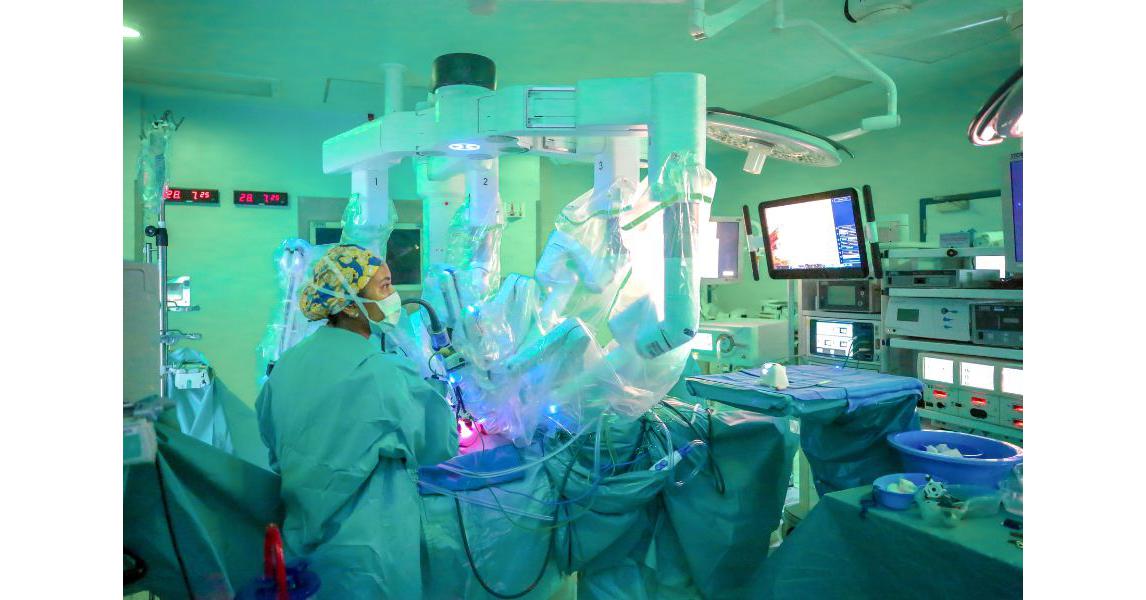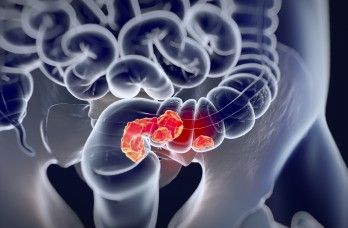- Over 70% of key bacteria resist standard treatments in Africa
- WHO urges urgent action to prevent global health crisis
Antibiotic resistance now affects one in five infections across Africa, surpassing the global average, where one in…

Antibiotic resistance now affects one in five infections across Africa, surpassing the global average, where one in…

RIYADH, SAUDI ARABIA, October 19, 2025 /EINPresswire.com/ — King Faisal Specialist Hospital and Research Centre (KFSHRC) has recorded exceptional kidney transplant survival rates, with one-year patient and graft survival ranging between 97…

Apple iPhone 17 Pro and iPhone 17 Pro Max owners are reporting that the Cosmic Orange colour is fading to pink, raising quality concerns about Apple’s latest premium devices. The colour change appears most prominent around the aluminium frame…

Adjuvant therapy can feasibly yield circulating tumor DNA (ctDNA) clearance in a portion of patients with colorectal cancer (CRC) and postoperative ctDNA positivity, with clearance correlating with superior disease-free survival (DFS) outcomes, according to findings from the INTERCEPT CRC study presented at the
ctDNA dynamics data after the time of surgery or ablation revealed that 69% of patients had ctDNA negativity on all tests, while 18% had positive results on all tests. Additionally, 3.1% had ctDNA clearance on at least 2 tests, 2.4% had clearance on 1 test, and 8% converted from ctDNA negativity to positivity. Furthermore, adjuvant therapy resulted in ctDNA clearance among 26% (n = 20/77) of patients with ctDNA-positive results after surgery, with 13 (17%) having clearance on at least 2 tests.
From the time of first ctDNA-positive test result in the stage I to III CRC population, DFS outcomes were significantly improved among those with clearance on at least 2 tests (P <.0001). Data revealed similarly significant outcomes among patients with stage IV disease (P <.0001).
Following adjuvant therapy, 70% of patients had ctDNA negativity on all tests, while 19% had positive results on all tests. Other data showed that 1.5% had ctDNA negativity on at least 2 tests, 1.4% had clearance on 1 test, and 9% converted from ctDNA negativity to positivity.
The study population included 403 patients who had ctDNA-positive results at any time after surgery and adjuvant treatment, with 4.2% showing at least 1 subsequent negative reading without any intervention. Furthermore, 2.1% of this population had ctDNA-negative results on at least 2 sequential tests without any intervention, and 1.7% had no recurrences at the time of follow-up. Among patients with spontaneous ctDNA clearance, the median duration of clearance was 11.2 months, and the mean tumor molecules per milliliter was 0.06 (range, 0.02-1.89).
“Adjuvant treatment can clear a quarter of the patients [who] are ctDNA positive postoperatively. Those with ctDNA clearance had superior DFS,” presenting author Emerik Osterlund, MD, PhD, a postdoctoral fellow in Gastrointestinal Medical Oncology at The University of Texas MD Anderson Cancer Center, stated in the presentation.1 “The rate and durability of [spontaneous] ctDNA clearance was very low.”
According to Osterlund, previous studies have demonstrated how ctDNA can be employed to monitor minimal residual disease, with ctDNA positivity representing a strong risk factor for disease recurrence following procedures administered with curative intent.2 However, he noted limited findings on the rates and durability of spontaneous ctDNA clearance, the process of transitioning from ctDNA positivity to negativity without any intervention. Consequently, Osterlund and colleagues aimed to evaluate the behavior and clearance of ctDNA following procedures with curative intent among patients with stage I to IV CRC.
As part of the INTERCEPT program, 1301 patients with newly diagnosed or previously treated resectable stage I to IV CRC enrolled on the study, with 53% having stage I to III disease and 47% having stage IV disease. Patients received standard-of-care therapy—surgical resection with or without neoadjuvant and adjuvant treatment—and underwent tissue collection and testing via ctDNA assays in the postoperative setting and/or following therapy. Investigators then conducted routine surveillance via imaging & labs, with ctDNA assay testing occurring approximately every 3 months at each surveillance visit.
“ctDNA clearance is useful for seeing potential benefit in novel therapeutic studies,” Osterlund concluded.1

Sucker Punch has released a new patch for Ghost of Yōtei with numerous bug and crash fixes, including one that could rarely occur when using ray tracing.
Those who purchased the Digital Deluxe Edition but didn’t receive the Black Ghost Mask…

Adding apalutamide (Erleada) to androgen deprivation therapy (ADT) in patients with biochemically recurrent prostate cancer reduced the risk of developing metastases and castration-resistant disease, according to findings from the phase 3 PRESTO…


Scientists have recently captured a rare look at the harsh winter conditions swirling above Mars’ north pole. Inside the planet’s polar vortex, temperatures drop dramatically — much colder than the air outside — and the continuous darkness of…

Scientists at The University of Western Australia’s node of the International Centre for Radio Astronomy Research (ICRAR) have made a remarkable discovery: a massive structure stretching about 185,000 light-years between two galaxies, NGC 4532…

Scientists at The University of Western Australia’s node of the International Centre for Radio Astronomy Research (ICRAR) have made a remarkable discovery: a massive structure stretching about 185,000 light-years between two galaxies, NGC 4532…